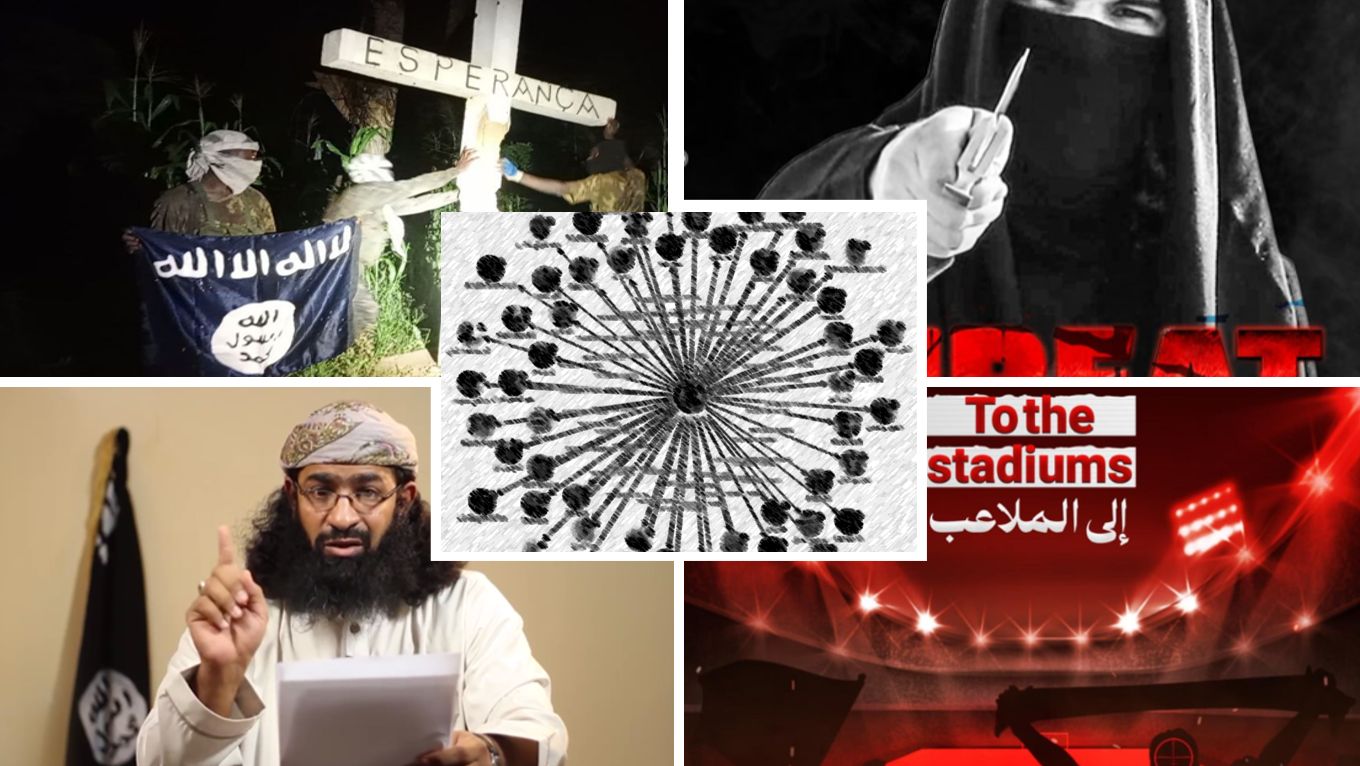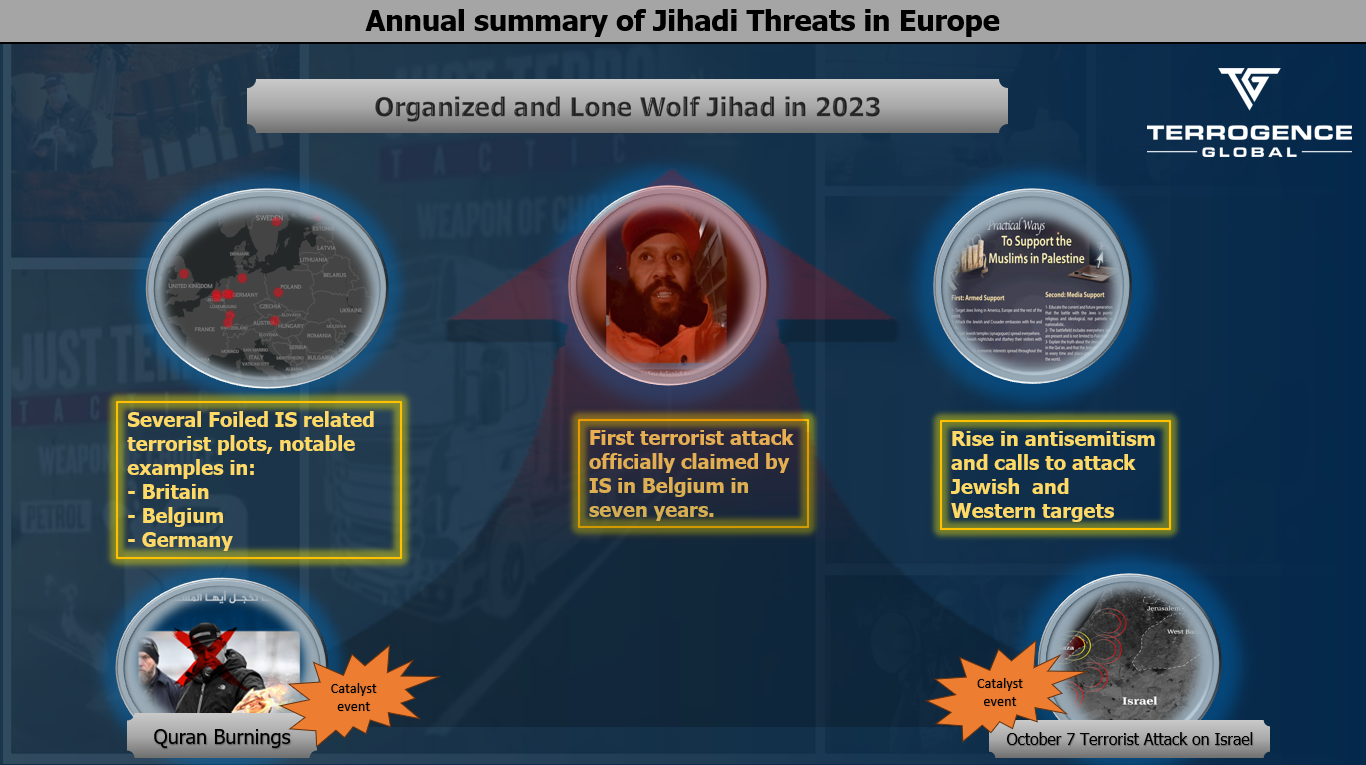This month’s In Focus examines the surge of Islamic State West Africa Province violence in the Lake Chad Basin in May, amid ongoing counterterrorist operations by the Nigerian Army. In recent weeks, ISWAP launched a widescale campaign to protect its strongholds in the north and northeast of Nigeria. As part of their defensive TTPs, ISWAP deployed SVBIEDs, which in some cases, proved effective in hindering the Nigerian Army’s advances. At the same time, the jihadi group resumed attacks in Niger’s Diffa Region, possibly to create a territorial continuum around the strategical Lake Chad basin area, once a thriving Boko Haram stronghold, which in recent years, has been contested by the two jihadi groups.
This reporting period witnessed various manifestations of jihadist activity in Syria. The Islamic State has been operating more extensively in rural areas in the north and east of the country. The organization’s cells in the Hauran have successfully implemented covert assassinations, some of which were only claimed months later, due to operational security reasons. In Deir al-Zour, IS cells employed IEDs and mines, in addition to raid TTPs, targeting National Defence Forces and civilian truffle hunters. The most notable attack was the February 17 massacre in Wadi Doubayat (south of Sukhnah) of some 50 truffle hunters of the Beni Khaled tribe. In the same area, IS fighters reportedly led a raid against armed Russian forces on May 25, killing 11 Russian soldiers, including a Russian Intelligence Directorate officer. This indicates the group places greater emphasis on a clandestine approach in Syria and it is patiently growing in strength.
As for northern Syria, recent media claims have voiced suggestions the Hay’at Tahrir al-Sham leadership is becoming more moderate and distancing itself from Salafi-jihadi ideology. However, our analysis suggests HTS leadership is promoting this narrative largely for the self-preservation of the group and its dominance in Idlib Province. Salafi jihadi hardliners are active fighters among the ranks of HTS and in organizations that collaborate with HTS in the Fatah al-Mubin war room. While AQ and IS members may occasionally experience HTS crackdowns, they remain active in the region.
This month’s Who’s Who? features a Twitter profile by the name of “Abu Muhammad al-Khorasani.” This POI expresses strong enmity toward the Taliban and support for ISKP – an Islamic State affiliate that operates in Afghanistan and Pakistan. The Twitter profile features a link to a Telegram channel the POI manages, where we found references to other Telegram channels and WhatsApp groups, some of which are affiliated with IS. Through his Twitter account, we managed to find other Twitter accounts with jihadist characteristics. Although ISKP attacks in Afghanistan have decreased in recent months, the group’s online propaganda remains active.
Back to Nigeria, in our Instant Messaging Applications Monitoring, using the Codex IMATM system, we investigated two phone numbers found in a WhatsApp group that shares news and propaganda content about Hezbollah and Iran’s Islamic Revolutionary Guard Corps. The first has a Nigerian country code and was confirmed to be a Lebanese citizen who works in Nigeria. The second phone number has a Lebanese country code, and is used by the administrator of the WhatsApp group. Our initial investigation revealed both POIs maintain generic Facebook accounts, while being members of a radical WhatsApp group. The Nigerian number may be particularly interesting amid IRGC and Hezbollah activity in Nigeria.
Get the full report
If you would like to get the full report, leave your details in the form below.





